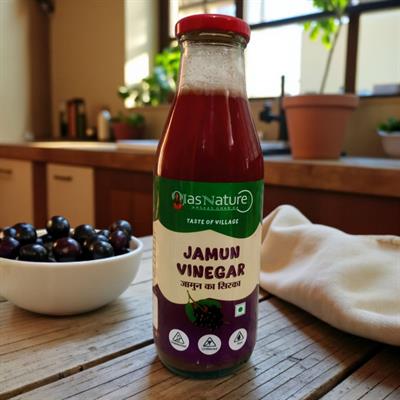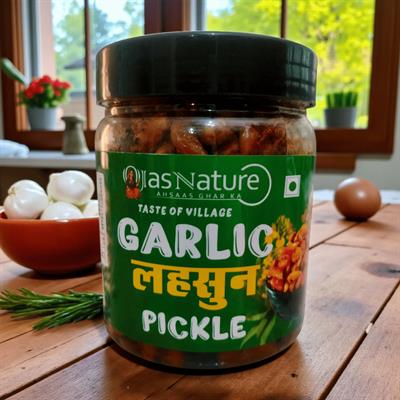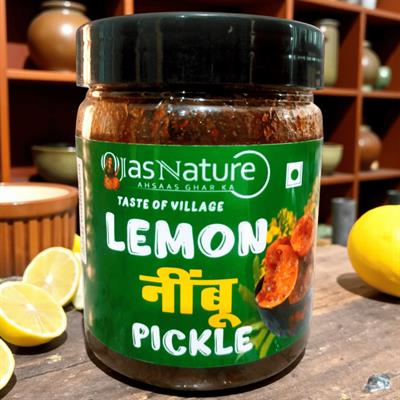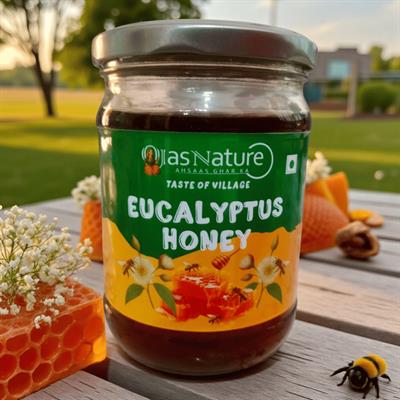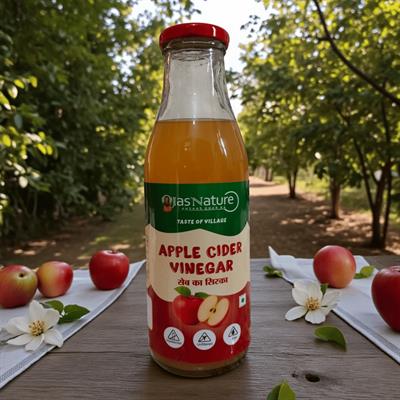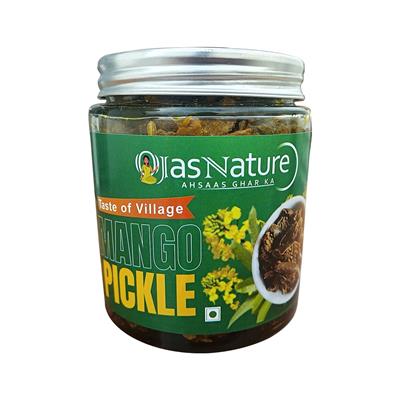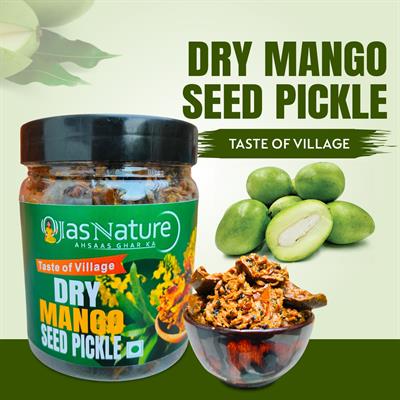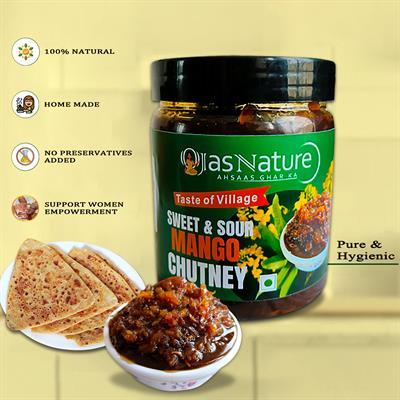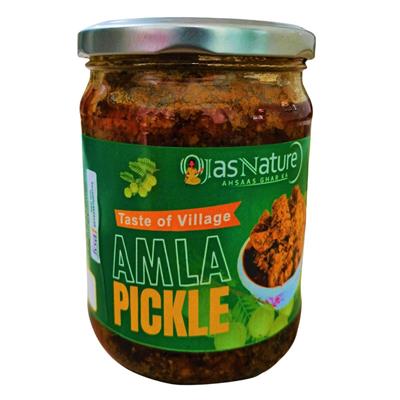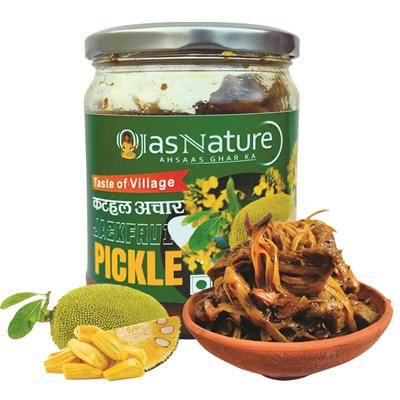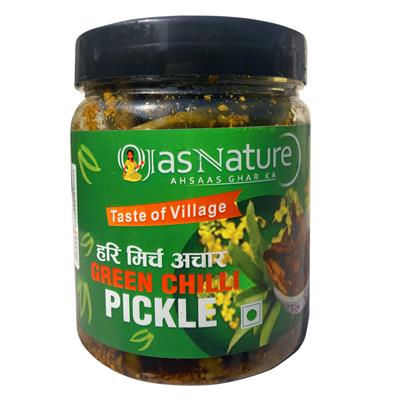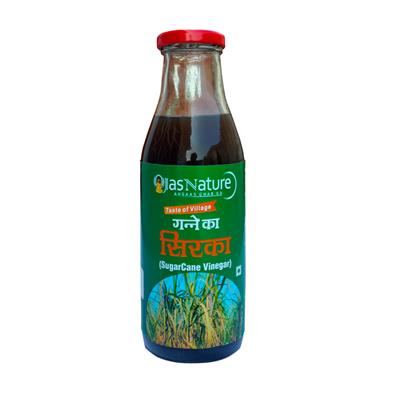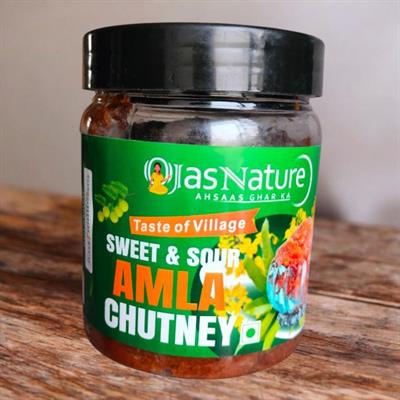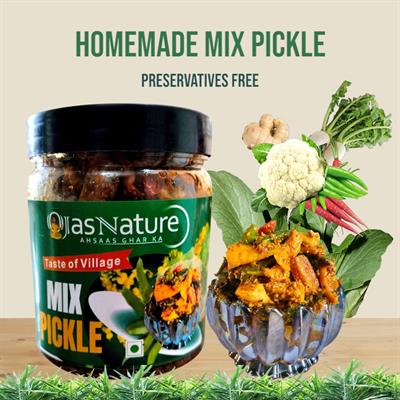Pickles, especially homemade achar, are known for their long shelf life. In fact, one of the appealing aspects of homemade Pickle is that it can often be kept for years, if not decades. So, it’s not uncommon to find a forgotten jar in the back of the pantry and wonder, "Can I eat these 20-year-old pickles?"
The simple answer depends on several factors, including how the pickles were made, stored, and whether they’ve been properly sealed. Moreover, online homemade achar sellers, especially those offering traditional pickles, often advertise their products as lasting long while maintaining flavor and safety.
In this blog, we’ll explore whether it’s safe to eat 20-year-old pickles, what happens to pickles over time, and how you can safely preserve your homemade mango achar or homemade amla achar for the future.
Can Pickles Last for 20 Years?
Understanding Pickle Preservation
The preservation process of pickles, including homemade mango Pickle and homemade amla Pickle, typically involves three main ingredients: salt, oil, and spices. These ingredients work together to create an environment that slows down the growth of bacteria and molds. The acid in vinegar (or lemon juice) also helps to preserve the pickle for an extended period. However, even with these preservatives, the freshness and quality of the pickle may deteriorate over time.
Moreover, online Best Pickle brands often focus on using high-quality ingredients and traditional preservation methods, ensuring their pickles last longer without compromising safety.
Storage Matters
The way pickles are stored can significantly affect their lifespan. Properly sealed jars kept in a cool, dark place are more likely to last longer than those stored in warm, humid environments. Homemade achar, especially varieties like homemade mango achar, will stay safe for years if stored properly. However, after 20 years, the quality of even the most well-preserved pickles will start to decline.
Meanwhile, the online homemade achar you buy might have an expiration date or recommended usage period. It's essential to keep these in mind, even if the product is made using traditional methods.
How Does the Quality of Pickles Change Over Time?
Loss of Flavor and Texture
While pickles may still be edible after 20 years, their flavor and texture will change. Homemade Pickle can lose its original sharpness and become mushy or soft over time, especially if stored improperly. In particular, homemade mango Pickle may turn too tangy or bitter, losing the sweet-spicy balance it once had.
Moreover, the oils used in homemade mango achar or homemade amla achar can become rancid with age. The rancidity can make the pickle taste unpleasant, even though it might not pose a health risk. Many online Best Pickle brands ensure their products are fresh by using high-quality oils and preservatives, which slow down the spoilage process.
Potential for Spoilage
Even though pickles are preserved in oil or vinegar, they are still vulnerable to spoilage, especially after extended storage. Signs that your homemade Pickle may have gone bad include mold growth, an off smell, or changes in color (like darkening or cloudiness). If you notice any of these, it’s best to discard the jar. Online homemade mango achar and other pickles from trusted sellers usually have clear expiration or best-before dates to ensure safety.
Can You Safely Eat 20-Year-Old Pickles?
The Safety Factor
In terms of food safety, eating 20-year-old pickles is generally not recommended, even if they look fine. The risk of contamination and bacteria growth, though low, increases over time. As pickles age, their natural preservative power weakens, making them more susceptible to contamination. Homemade achar that has been exposed to air or fluctuating temperatures may also be dangerous, even if it doesn’t show obvious signs of spoilage.
Moreover, the quality of the pickle will likely degrade, and the flavors might not be as pleasant. While online homemade achar and online Best Pickle companies take precautions to provide fresh products, 20-year-old pickles have likely surpassed their prime.
Signs Your Pickles Have Gone Bad
Even after long periods, homemade mango achar or homemade amla achar may still be safe to eat as long as you carefully inspect them. However, there are a few signs that your pickles may have gone bad:
-
Mold: If you see mold or fuzzy spots on the pickle, it’s best to discard it.
-
Off Smell: A sour, rancid, or rotten smell indicates the pickle is no longer safe to eat.
-
Cloudy Liquid: While some cloudiness in pickle brine is natural, excessive cloudiness can suggest spoilage.
-
Unusual Taste: Even if the pickle looks fine, a strange or unpleasant taste can indicate that it’s no longer safe to consume.
If you are unsure, it’s always better to err on the side of caution and not consume the 20-year-old pickles.
Why Some People Keep Pickles for Decades
Cultural and Traditional Practices
In many cultures, especially in South Asia, homemade achar is prepared in large batches and consumed throughout the year. For some, the idea of keeping pickles for decades is part of tradition. These pickles often get better with age, developing more complex flavors over time. However, this only works with proper care, especially in terms of storage conditions.
Moreover, if you are planning to make homemade mango achar or homemade amla achar to store for the long term, it’s crucial to use proper sterilization methods and ensure the jar is tightly sealed.
Unique Flavors Over Time
Some pickle enthusiasts argue that the best pickles are those that have aged for several years. Over time, the spices, oils, and fruits blend together more fully, creating a unique, rich flavor that can’t be replicated in freshly made pickles. However, this is not always true for all varieties. For instance, homemade mango Pickle might lose its crunch and turn soft, while homemade amla achar could darken significantly.
Meanwhile, online homemade mango achar or online Best Pickle brands usually aim for a balance between freshness and aged flavors. They often provide products that are meant to be consumed within a certain period for optimal taste.
Tips for Storing Pickles Safely
Proper Sealing and Storage
If you plan to store your homemade achar for an extended period, ensure the jars are properly sealed to prevent air exposure. Homemade mango Pickle and other pickles should be stored in a cool, dry place away from sunlight. Consider refrigerating your pickles after opening to ensure longer shelf life.
Moreover, some online Best Pickle brands provide tips and guidelines for storing their products to maximize their shelf life.
Regular Inspection
Even if you’re storing your pickles for long periods, always inspect them regularly. Check for signs of spoilage, such as mold or off smells. By doing this, you can ensure that your homemade mango achar stays safe and delicious.
Conclusion
So, can you eat 20-year-old pickles? The answer is: it's possible, but not recommended. While properly stored homemade achar may remain edible for many years, the flavor and quality will decline over time. Homemade mango achar or homemade amla achar that has been stored improperly or exposed to air or heat can also be dangerous to consume.
It’s essential to consider storage conditions, inspect the pickle for any signs of spoilage, and use your best judgment. If you’re unsure, it’s always better to discard the old pickles and invest in fresh ones.
If you’re looking for high-quality pickles that last long and taste great, online homemade achar and online Best Pickle brands offer fresh products made with traditional preservation methods. Whether it's homemade mango Pickle or homemade amla Pickle, buying from trusted sources ensures your pickles stay safe and flavorful for as long as possible!

